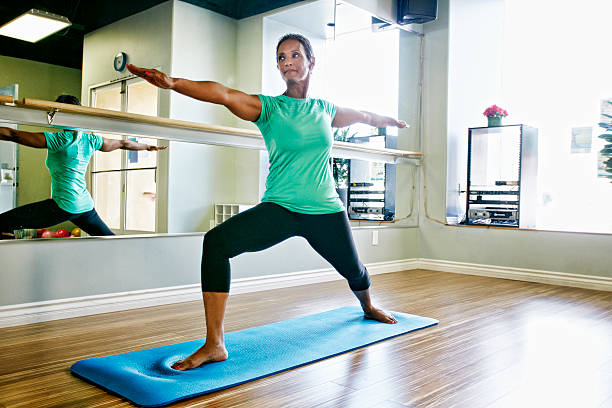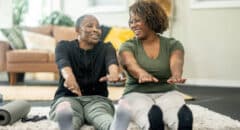
Yoga is an ancient practice that blends physical postures, breathing practices and meditation. In the modern world, though, yoga classes vary widely in style — with some favoring a vigorous physical practice that requires people to move quickly and get up and down from the floor. Whatever way you choose to do yoga, it bodes many benefits.
Practicing yoga may even help you become a little surer on your feet as you age, a new research review suggests.
The review, of 33 small clinical trials, found that older adults who participated in yoga programs typically gained some lower-body strength and boosted their walking speed.
According to experts, findings suggest that yoga might help older adults manage some of the strength and movement limitations that can come with age.
At the same time, it’s hard to give specific advice based on the research that’s been done, according to lead researcher Dr. Julia Loewenthal, a geriatrician at Brigham and Women’s Hospital in Boston.
The trials varied in the groups they studied, she says– sometimes healthy older adults living at home, sometimes nursing home residents, sometimes people with health conditions like knee arthritis or Parkinson’s disease.
RELATED: 5 Moves To Reduce Back Pain & Build Strength [VIDEO]
The studies also differed in the style of yoga they used, Loewenthal shares.
The review, published March 14 in the Annals of Internal Medicine, looked at 33 clinical trials conducted in various countries. Some randomly assigned older adults to participate in a yoga program or not; others compared yoga against another activity, like tai chi or conventional exercise.
For the most part, the trials were small and short-term, ranging from about one to seven months.
Tai Chi vs. Yoga
Overall, Loewenthal’s team found, seniors who practiced yoga typically made gains in lower-body strength and gait speed, versus their peers who remained inactive. In trials that compared yoga with other activities, there was no clear winner.
“There didn’t seem to be any advantage of yoga over exercise or tai chi,” Loewenthal says. “We can’t say whether yoga








